The following essay about bagels was written by Aaron Goldstein, a middle schooler, enrolled in City Congregation’s Bar/Bat Mitzvah program. Students spend a year and a half researching their heritage, values and beliefs, and write on a Jewish subject of their choice, their major project; an example of this last component can be seen below. The process improves both the student’s writing and critical thinking skills, as well as his/her self confidence and overall maturity.
Bagels are an everyday food that most New Yorkers enjoy. But surprisingly enough, they have a huge history, and not all of it is in New York. I will start by explaining a short history of bagels.
The bagel is believed to have started in Poland. There are many rolls that are similar to bagels, such as the Koulouri in Greece. This sesame seeded bread looks much like a Jewish bagel before they came to New York. It tastes very much like a sesame seed bagel, but less chewy. There are also other breads that look like bagels, but are sweet.
There are multiple stories revolving around how the bagel actually came to be, and some of them may be true while some might not be. One story is about King John Sobieski of Poland. He was victorious at the Battle of Vienna, an attempt to take over Vienna by the Ottoman Empire. It was said that one local baker was so proud of him that they made a loaf of bread in the shape of a riding stirrup. The baker, in this unlikely myth, had chosen a riding stirrup as inspiration because John Sobieski fought the battle on horseback.
It is most likely false because bagels are mentioned in 1610, 73 years before this story takes place, in 1683. The bagel probably evolved from the Obwarzanek, a Polish ring-shaped bread. The bagel’s round shape represents the circle of life, and therefore was given during funerals and to women in childbirth.
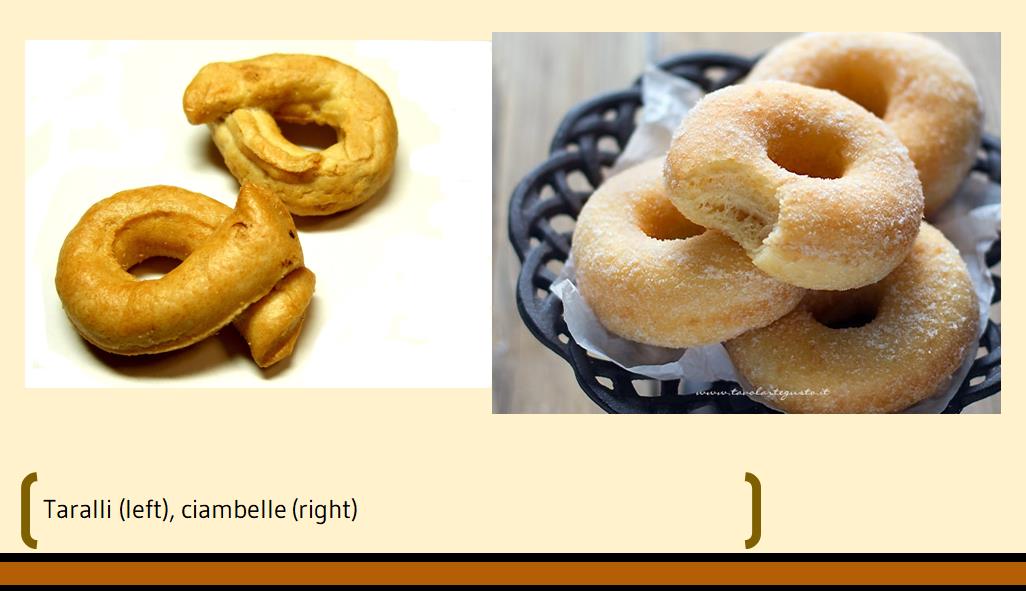
Poland once was a place where Jews could feel safe. But anti-Semitism brought Jews to America in the 1880s and early 1900s and with them came the bagels. Many of the people who came to New York became bakers in cellar bakeries. They worked in horrible conditions, with tremendous heat, underground in a basement, and without much light. The conditions were made better after a long struggle, and in the early 1960s, bakeries finally emerged from underground.
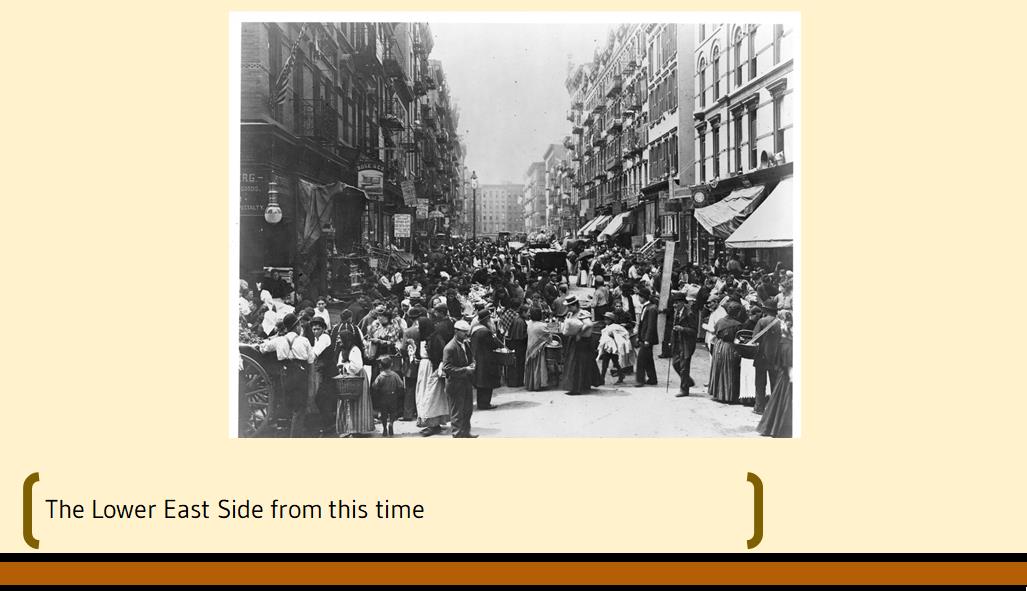
In the 1960s, bagels grew more popular. Famous people began eating bagels, and advertising bagels, and this allowed more non-Jewish people to learn about bagels. This was also the time when bagels began to take different flavors and become sandwiches. A losing struggle against a bagel baking machine, which was supported by the bagel’s new popularity, resulted in a machine being built in 1961, and the Lender company began distributing bagels around the country. Whoa. A lot can happen in a hundred years.
The way people make bagels has changed since their introduction to New York as well as the ingredients and the shape. Right now, bagels aren’t as traditional as they used to be. It was a Jewish tradition to make bagels before the Sabbath to be heated up to have with dinner on Saturday. Bagels used to be street food and Jewish snacks. You could buy one off the street from a bagel seller. Now they are relatively fancy, and bagels are even sold at restaurants. Selling churros today is the current version of bagel sales on the streets of New York City.

Bagels are Jewish. At least, up until the twentieth century they were, because they were so tied to Jewish immigrants and Sabbath cooking. Now they are sometimes made by robots, packaged, and frozen. According to Arthur Schwartz’s Jewish Home Cooking, bagels were known as “cement doughnuts”. This is because, as reflected by this cookbook, they were perfect and chewy when you bought them, but the longer you waited to eat them, the harder they would get. Now, with the invention of preservatives, they can stay fluffy for days. This may not seem that bad, but it really takes away from the tradition.
In addition to the simple differences in preparation of bagels since their introduction in America, there are also differences in how closely bagels are tied to Jewish culture. Right now, in New York City, a random tourist trying a bagel may not know about its Jewish identity. The bagel used to be associated with a Jewish holiday, the Sabbath, but it no longer is.
While doing research for this project, I interviewed an author of one of the books I read, Marc Fintz. He is a partner with Davidovich Bakery, which still makes bagels by hand. He told me that there are very specific things that a bagel has to be, for example, kosher. To put it simply, bagels made by machines are no longer kosher. A bagel being kosher is an obvious tie to its Jewish identity.
That being said, there are still many great bagel places that continue to use hand-rolling techniques! We visited Davidovitch, Kossar’s, and Russ & Daughters. We also visited Black Seed, but it was not very good and not very authentic. It is a chain, like Dunkin Donuts. Dunkin Donuts has nothing to do with Jewish culture at all, and does not hand-roll or do anything by hand to their bagels. They are even fried, like donuts! But the bagels I did try from the traditional places were chewy on the inside, crispy on the outside, and very well-made.

Historically, bagels were meant to be something that you could make before the Sabbath and after the Sabbath boil and bake it and serve fresh. Even though I wasn’t observing the Sabbath, I made bagels in a similar way. I shaped the bagels the same way they do it in bagel bakeries (without the big lump of dough, of course) and put them in the fridge overnight. We took them out the next morning and boiled them and baked them.

We made bagels over two days. Here are the events of the first.
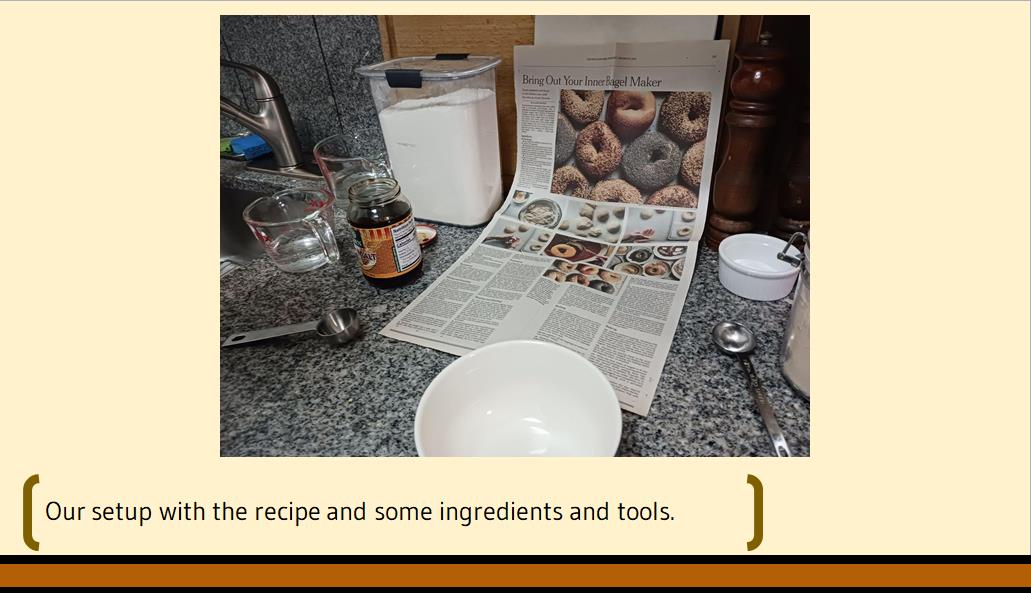
Here is our initial setup, which includes the recipe we used. We also have barley malt syrup, which is a very important ingredient in bagels.

Here I am mixing in the barley malt syrup to the other wet ingredients, including the yeast.
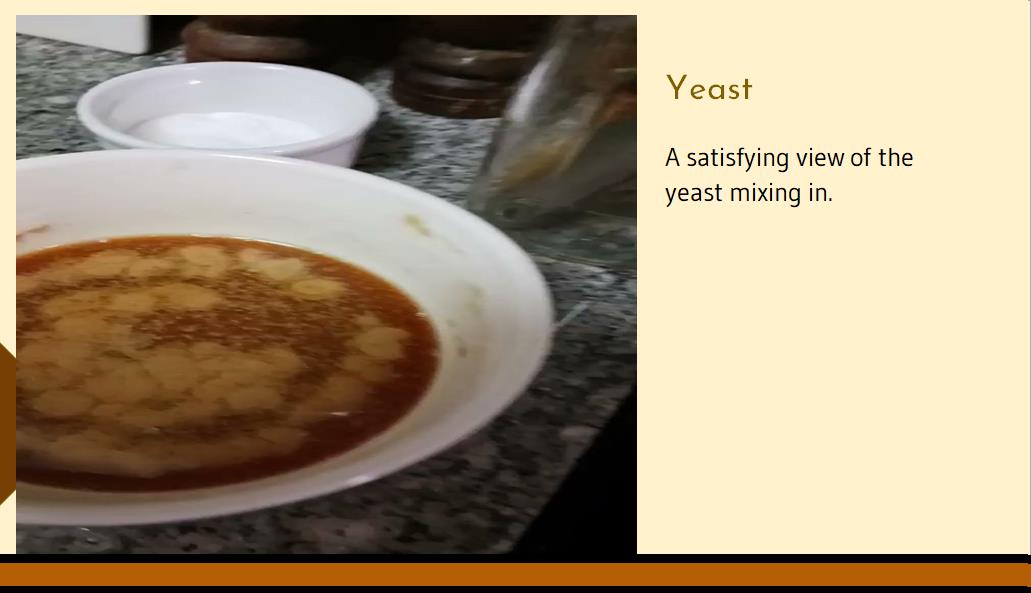
The yeast started to form a very satisfying pattern, as you can see here. That was our signal to take it off.
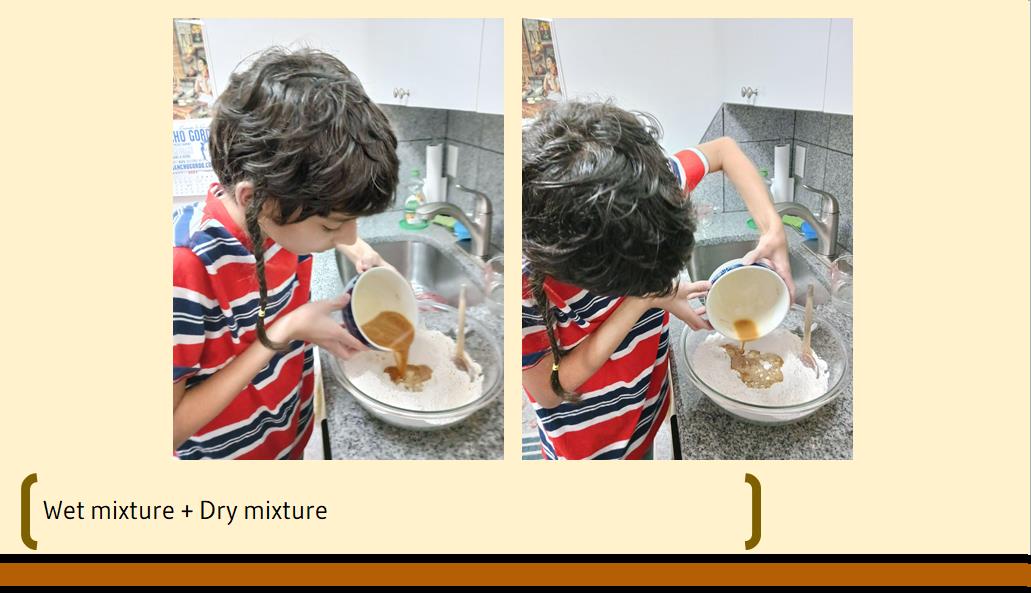
We then poured this into the dry ingredients, which we had also prepared before this.
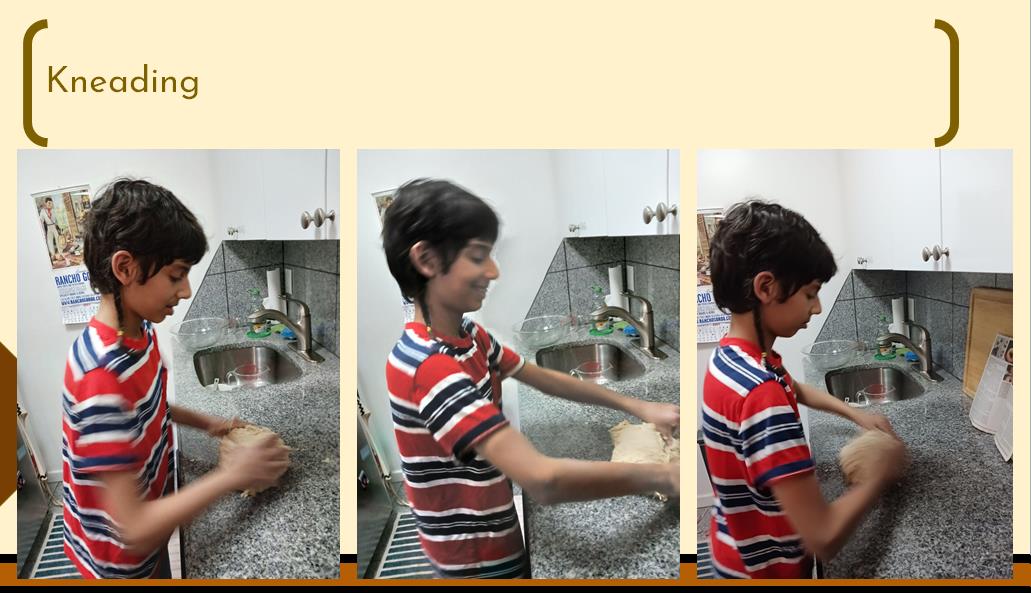
Then we had a good ball of dough, which we spent the next 15-20 minutes kneading. I found out my love of kneading that day.
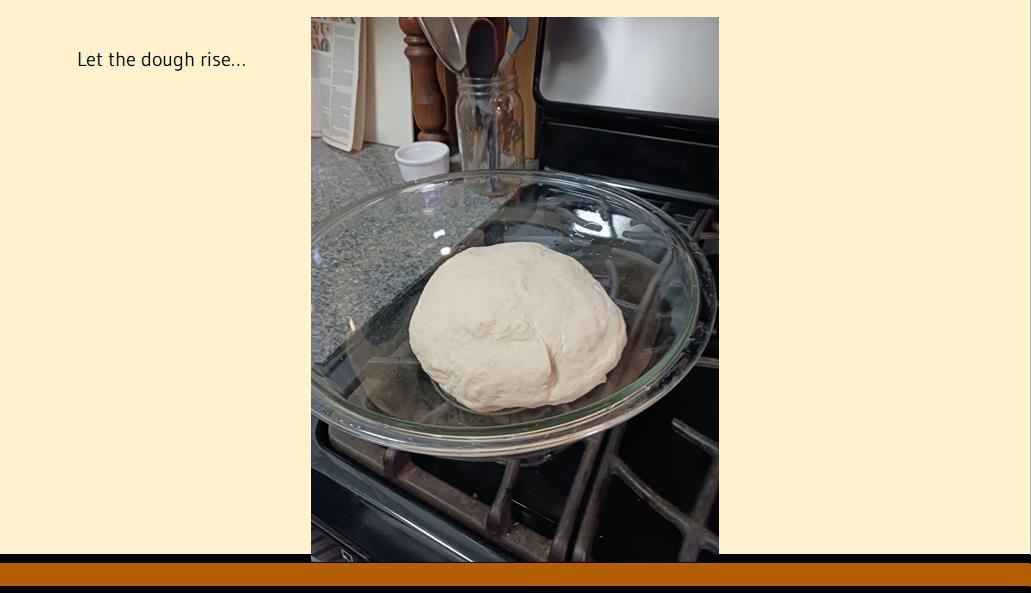
We finished kneading and placed the dough in a bowl to rise.

It rose for 1 to 1 ½ hours, but I can’t remember exactly how long it took.

Finally, it finished, and we uncovered the dough, as you can see in this video.
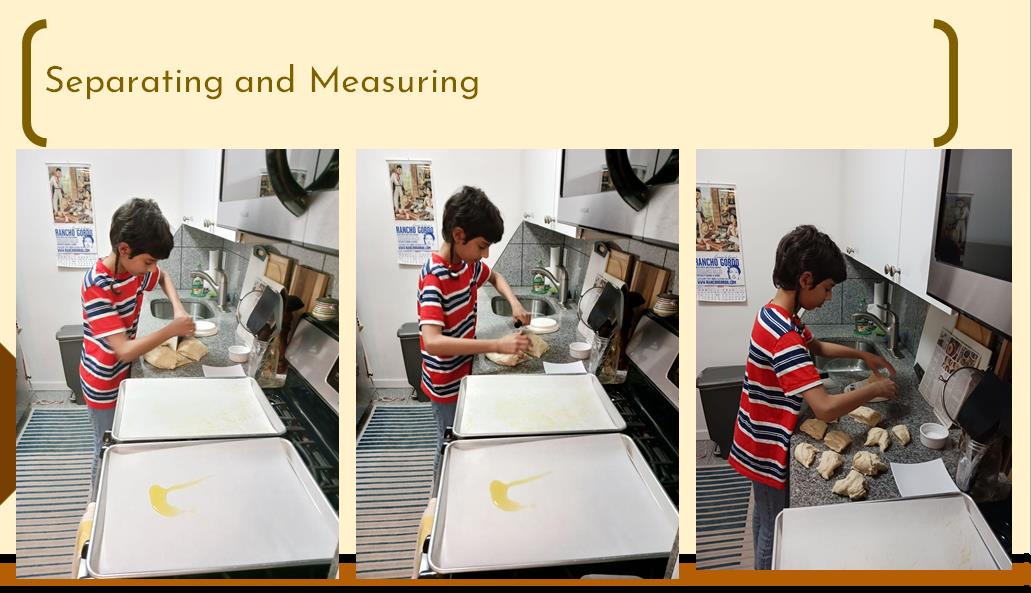
Then it was time for the measuring into pieces of dough. They all had specific weights, so I weighed each of the pieces on the scale. One of them was lighter than the others, but no one noticed which one it was when the bagels were finished.
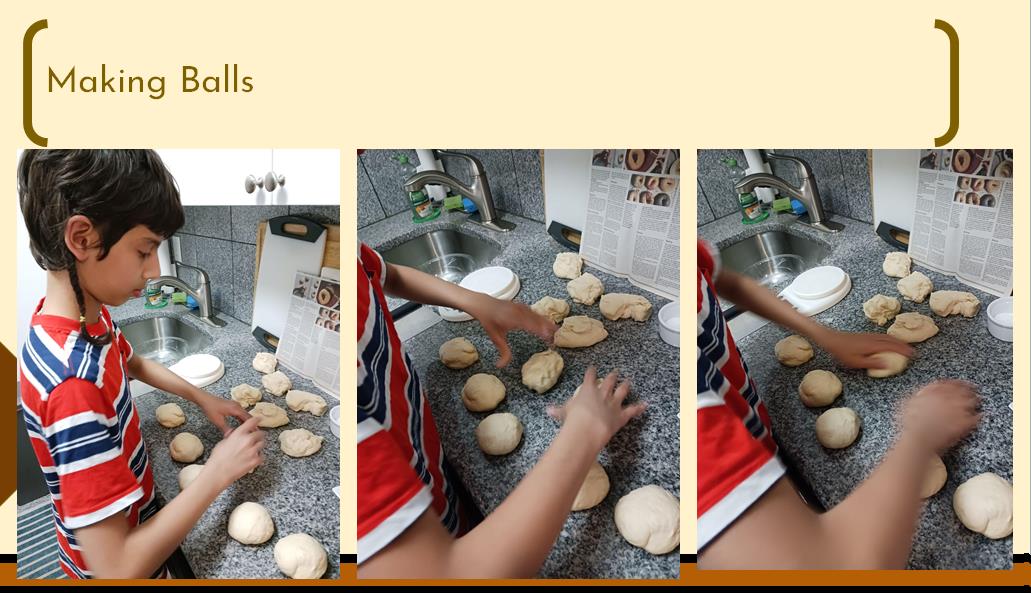
By that point all those pieces were ready to take shape! Step one of this two-step process was shaping all the pieces of dough that I had painstakingly weighed perfectly (except for that one), into balls.
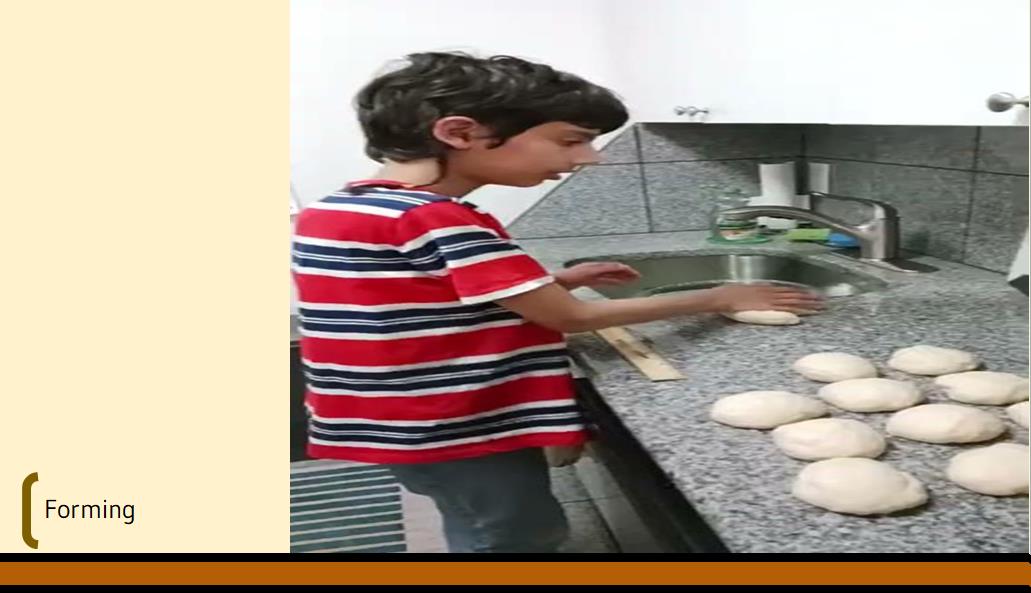
And now, for the classic, old-school method of making the famous ring shape of the bagel. Formed by wrapping it around your hand, you then seal it with your fingers and place it on the cookie sheet. In our research for this project, we found a video from the New York Times about a baker who gets up early to work at three different bagel bakeries, and he can roll many bagels a minute! I can only roll one or two a minute…

In that time it took for me to explain to you about that baker, I finished all the bagels. They will now go into the fridge overnight.
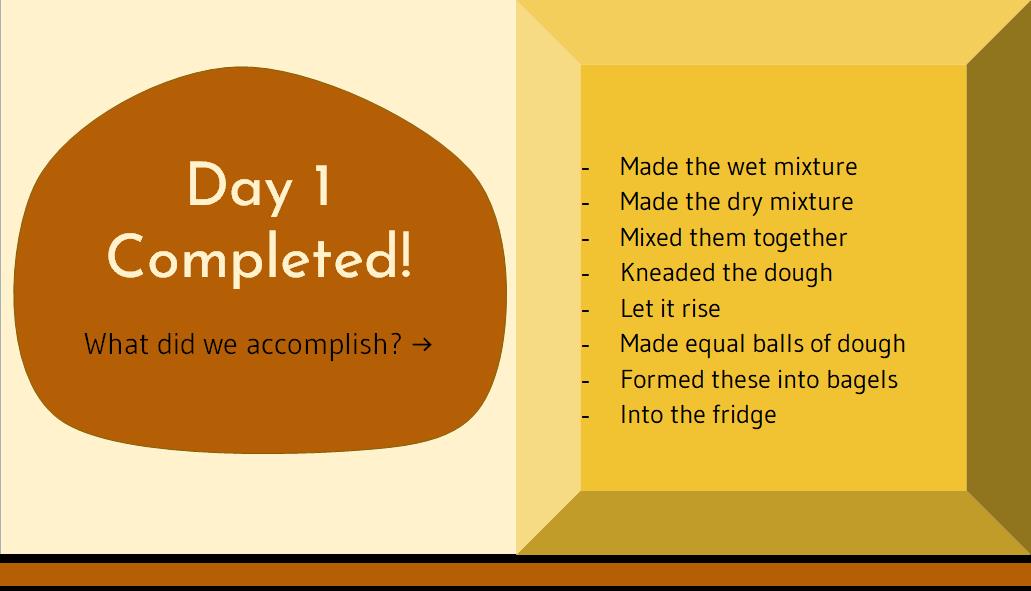
I’m not quite finished, though I did accomplish many things, such as making the wet and dry mixtures, and mixing them into a dough, which I kneaded. We let it rise, and formed the bagels and stuck them into the fridge.

Here is our second day of bagel making.
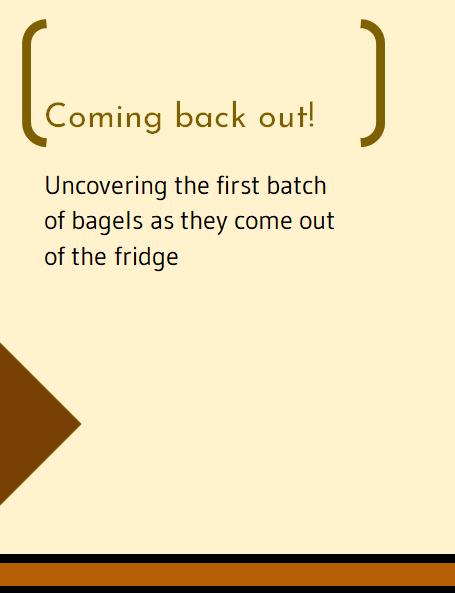
It’s time to take the bagels we made yesterday afternoon out of the fridge.
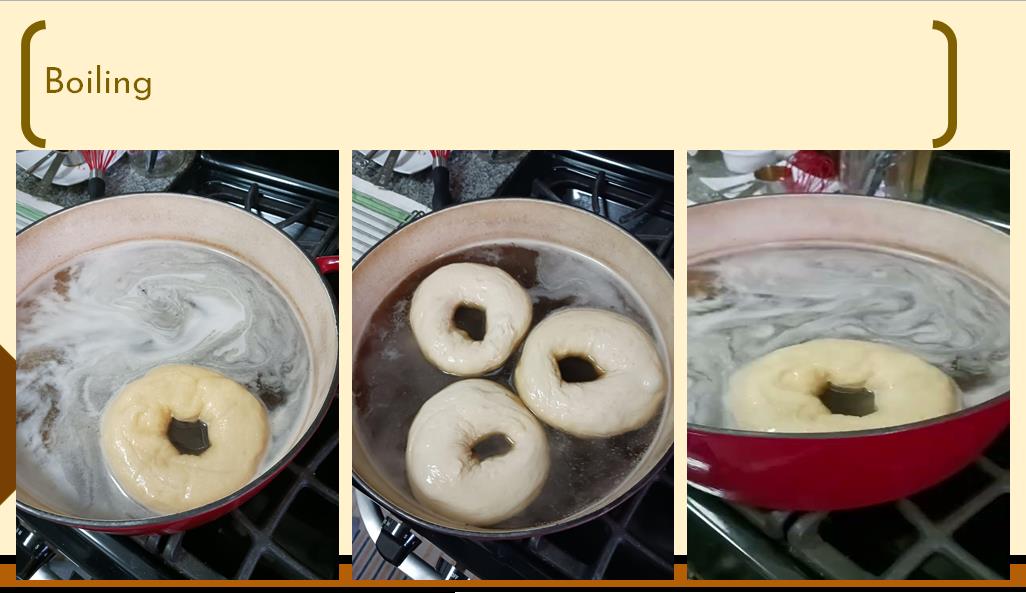
Now it’s time to boil them. We had the tray of bagels to one side of the Dutch oven and a separate rack on the other. I took the bagels off the cookie sheet and dropped them in the Dutch oven, then flipped them over after about 15-30 seconds. After 15-30 more seconds, I put them on the rack.
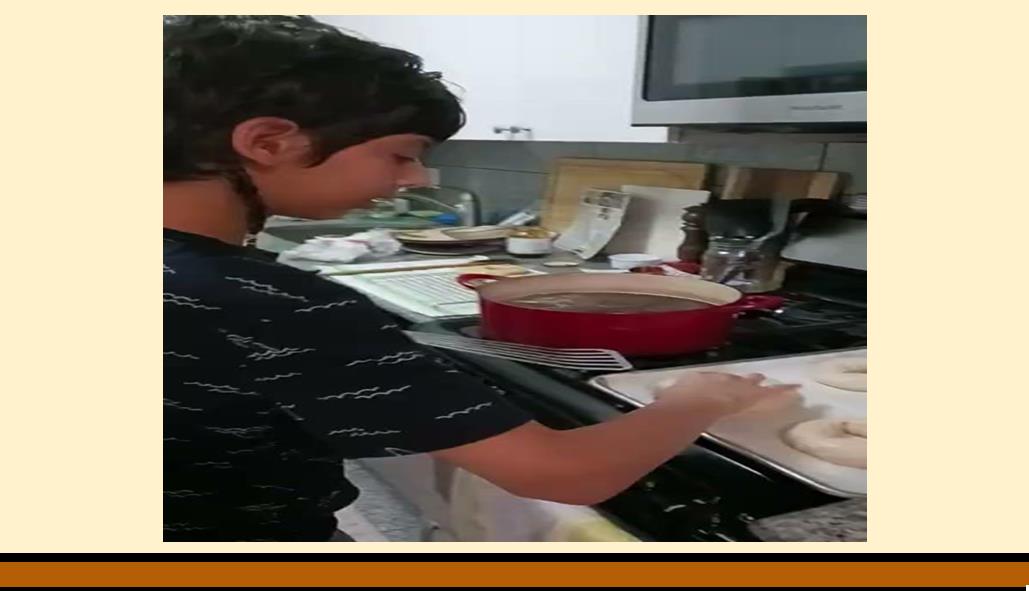
Here’s a video of me doing this process. It’s very stressful.

Now it’s time to go into the oven to bake, the final step.
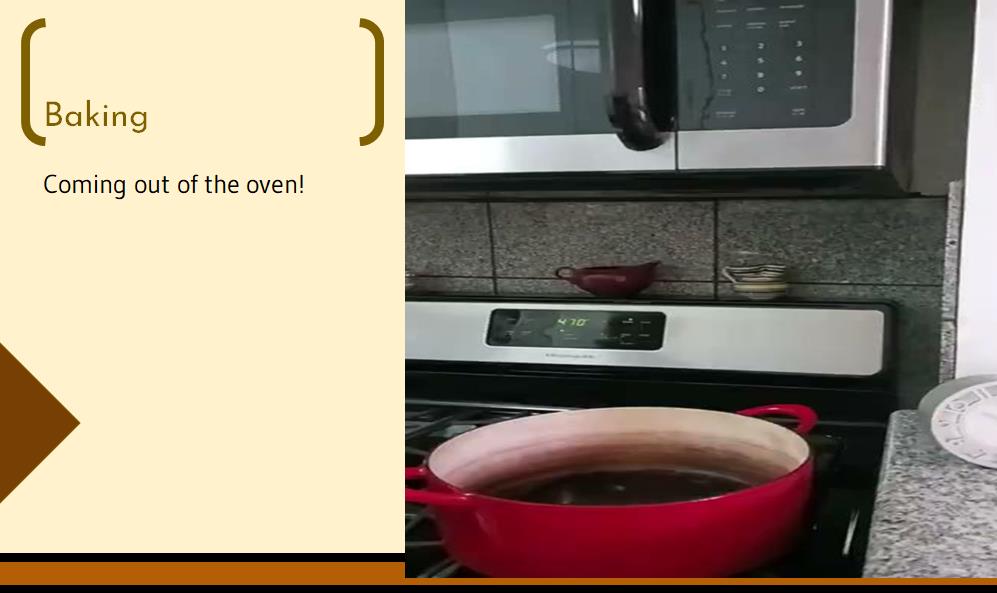
And finally, we come out of the oven to see our beautiful bagels!
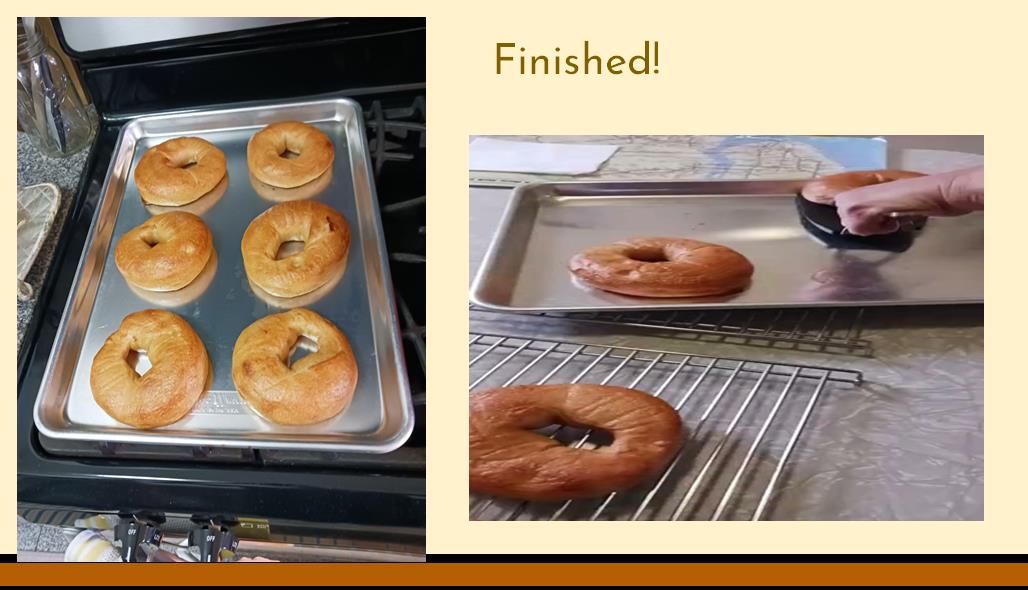
Here is our tray of bagels, and some shots of transferring the bagels onto a rack.
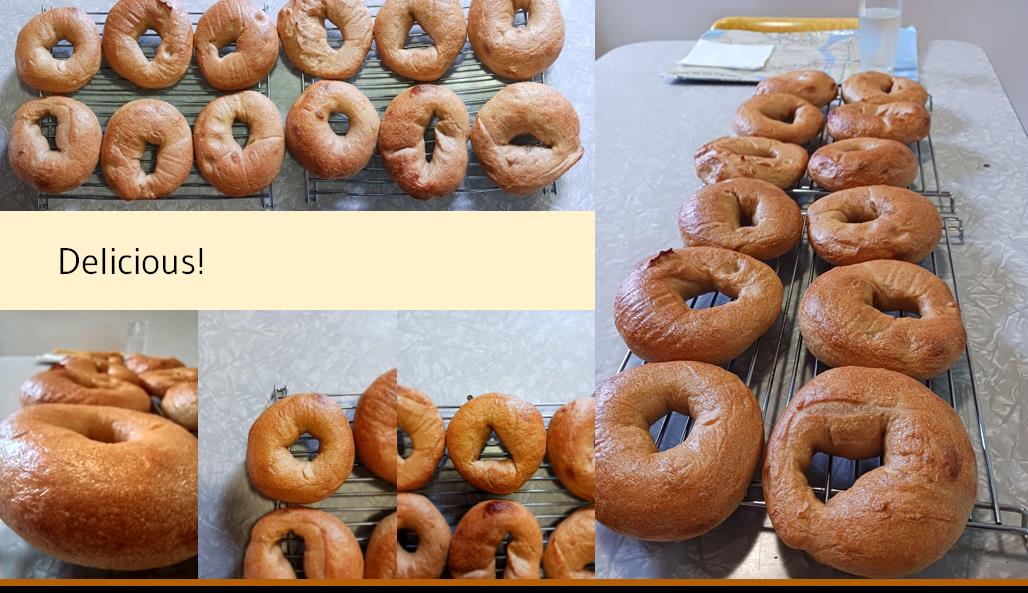
Here are some shots of our finished bagels on the table.
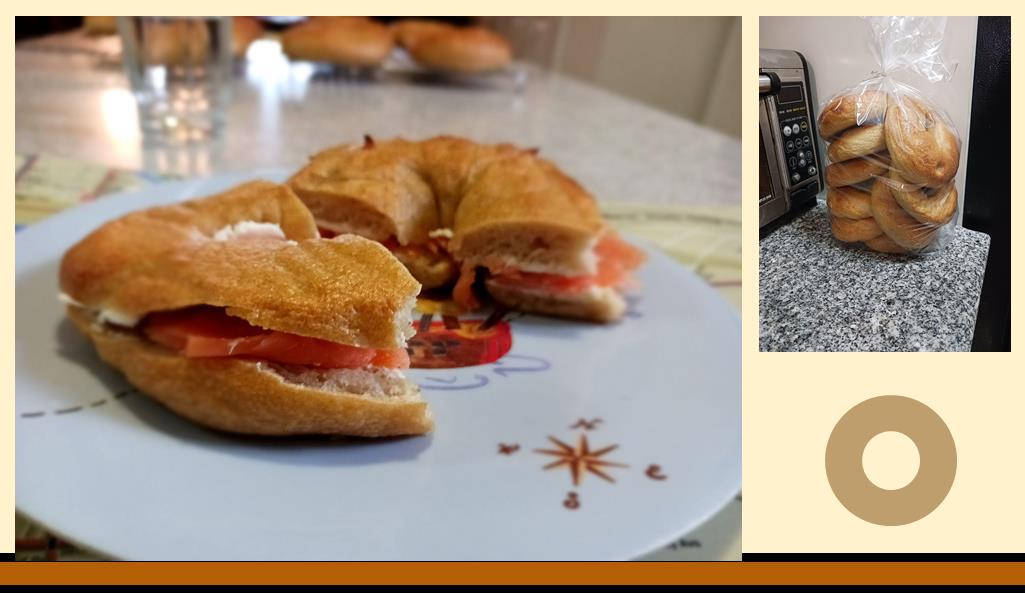
And now for the eating!
As you can see, bagel-making uses a complicated method, but not an extremely hard one. Having this hands-on experience helped me see what it’s like to make bagels and feel connected to other bagel makers now and throughout history.
This project helped me learn about what real bagel bakers go through every day in New York City and around the world. Bagels are a very Jewish food item and making them and researching them not only helped me learn about them, but taught me about Jewish culture and history. In the same way you can’t learn about the subway without learning a lot about New York City, you can’t learn about bagels without learning a lot about Jewish culture and history.
Bagels are important to me as a New Yorker because they have been a part of my life as long as I’ve lived in New York, which means forever. They are important to me as a Jewish person, and my relationship with my family, because every time we visit my grandma in Florida, she buys bagels and lox to have for lunch as soon as we arrive. Whenever we go to Florida, I always look forward to a table of bagels and lox, and other Jewish foods on the side.
While they have shed some of their original Jewish value, bagels are definitely still part of Jewish people’s lives. In my interview with Marc Fintz, he mentioned how when the original H&H Bagels closed, people were very sad, because a part of their life had been taken away. H&H Bagels was an important bagel place on the Upper West Side that many people were attached to. It closed in 2010. It was reopened, but it is just another bagel place that’s called H&H. These people knew and loved that place for their entire lives, and a chapter, as Marc Fintz put it, had been closed in Jewish history.
Bagels are a big part of my life, and my Jewish identity, and they are so delicious with their soft, chewy texture, their bread smell, appetizing beige color, and what you taste when you bite into a bagel.
I just got you hungry. Hang in there – it’s not much longer until the food!
